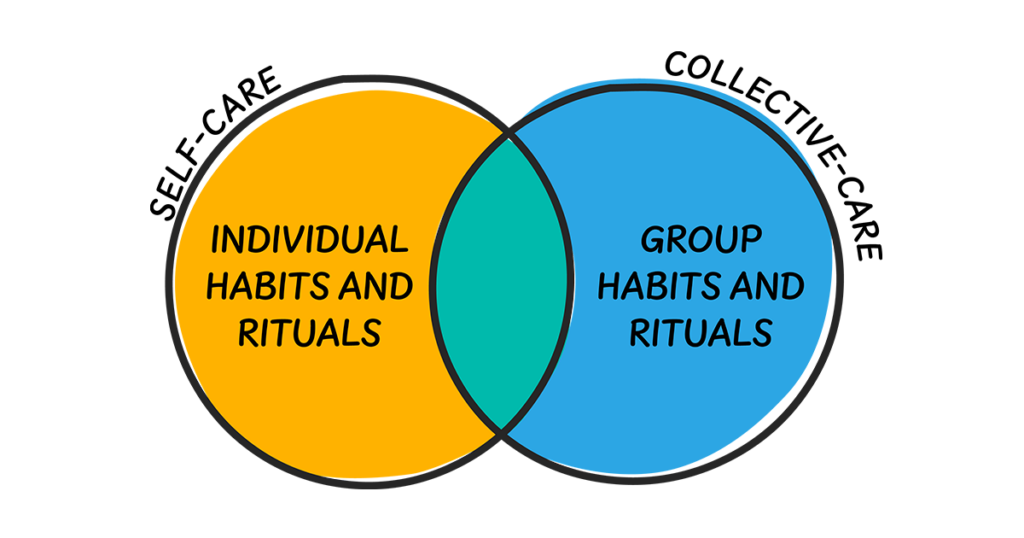Last time we touched on five companies who have mastered employee wellbeing. While a shift is happening as organizations recognize the significant influence of prioritizing employee wellbeing, there are still common mistakes in their approach to workplace wellbeing.
Before we get into the common mistakes, a quick reminder that organizations with a strong focus on employee wellbeing experience:
- Increased Employee Engagement: Companies that prioritize employee wellbeing witness higher levels of engagement, resulting in increased productivity, creativity, and overall job satisfaction.
- Improved Retention Rates: When team members feel supported and valued, they are more likely to remain loyal to the organization, reducing turnover rates and associated recruitment costs.
- Enhanced Employer Branding: Organizations that prioritize employee wellbeing build a positive reputation, attracting top talent and positioning themselves as employers of choice.
- Reduced Absenteeism and Presenteeism: By investing in employee wellbeing, companies can effectively reduce absenteeism and presenteeism, resulting in higher levels of productivity and better overall performance.
The Five Common Mistakes
One of the main reasons why it can be difficult to prioritize and take action on your own self-care is the fact that work often takes priority over self-care. And when you are not working, you are often responsible for someone else’s care (children, aging parents, a friend in distress, etc). The culture of your workplace—where most people spend anywhere from 7 to 12 hours per day—has the greatest impact on your wellbeing; your workplace culture can either support your self-care or contribute to your chronic stress and health deterioration.
Many workplaces have come to understand the important role they play in relation to people’s health and wellness, but unfortunately there are common mistakes that workplaces are making in their approach to wellbeing:
1. Individualism Bias

“Individualism Bias” is seeing wellbeing as the responsibility of the individual and something people do on their own. For example, you get workplace benefits, but it’s entirely up to you to use them in your own free time. The workplace culture might reward working after hours or skipping lunch, which does not prioritize an individual’s self-care needs. In fact, if you have “self-care needs” you are seen as weak. This results in isolation and failure (feeling that it’s my fault if I’m not feeling at my best). The only sustainable approach to wellbeing is to strike a balance between the individual’s commitment to self-care and the group’s commitment to collective-care (which is manifested in the workplace culture).
2. Reactivity versus Proactivity
Reactive approaches such as sick leave and Employee Assistance Programs (EAPs) are important for addressing immediate concerns or crises, but relying solely on these solutions is not enough. Reactive approaches are like band-aids that only treat the symptoms of a problem without addressing the root cause. These solutions also take the individualistic approach described earlier and fail to acknowledge the role played by the socio-psychological environment. We need to prioritize proactive approaches that prevent problems from occurring in the first place. By investing in proactive programs and initiatives, we can create a culture of wellbeing that supports leaders and their teams in their physical, emotional, social, and intellectual wellbeing, resulting in a happier, healthier, and more productive workforce.
3. Narrow View of Wellbeing
The focus used to be on “physical health and safety”; now there’s more emphasis on mental health, which is absolutely necessary given that seven in ten people globally are grappling with their mental health, according to Gallup. But most companies are still failing to adopt a holistic understanding of wellbeing. A holistic approach recognizes that the four areas of wellbeing are equally important and very interconnected; a low score on one type of wellbeing has a major impact on your overall wellbeing. In fact, an improvement in one type of wellbeing can really elevate a person’s mental health. Here’s a quick recap of The Four
Areas of Wellbeing:
a. Emotional Wellbeing: The ability to navigate highs and lows and develop resilience to stress. What helps is feeling psychologically safe in the workplace, having access to support, and being able to debrief experiences and learn with others.
b. Physical Wellbeing: The energy for high performance and resilience to illness. What helps is having access to nutritious foods and hydration, and making sure you are moving and getting exercise.
c. Intellectual Wellbeing: True engagement and satisfaction with work and life. What helps is getting opportunities for learning and growth, connecting to a sense of purpose and meaning, feeling engaged with the work you do, feeling challenged (not bored), and feeling that your contribution matters.
d. Social Wellbeing: A sense of psychological safety and trust. What helps is having a sense of belonging at work and feeling that your values are aligned with the people you work with, while diversity and uniqueness are celebrated and appreciated.
4. Distorted Priorities
In the quest for productivity and profit, wellbeing becomes a low priority. However, research has proven that prioritizing wellbeing actually increases productivity and the quality of results while eliminating the cost of replacing people who have taken sick leave or who have left the company (often leaving at the most inopportune time, thus increasing the stress and workload on the rest of the team).
5. One Size Fits All
This mistake happens when employers assume that the same wellness program or approach will work for everyone, without considering individual needs, values, strengths, preferences or the context of a particular team.
The number one best approach to overcoming these mistakes as well as the obstacles and energy suckers described at the start of this chapter, is to create a workplace culture that supports and values everyone’s wellbeing. When the company values and supports both self-care and collective-care, it becomes easier for both leaders and their teams to prioritize wellbeing so that everyone can benefit from a healthier, happier workforce. Best of all, the happier and healthier the workforce, the more the company benefits from retention, increased productivity and high performance.
Are you ready to take a proactive step toward transforming your workplace? Book a free consultation with one of our wellbeing experts to learn how you can create your own culture of wellbeing, tailored to the unique needs of your organization!
Together, let’s build a future where workplace wellbeing is not just a nice-to-have, but a fundamental cornerstone of every successful organization. It’s time to prioritize your wellbeing and unlock your full potential.
By Ginny Santos, CEO, Neolé







